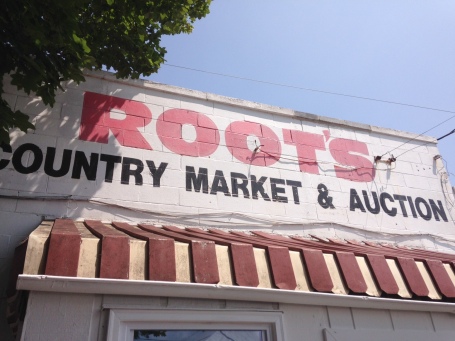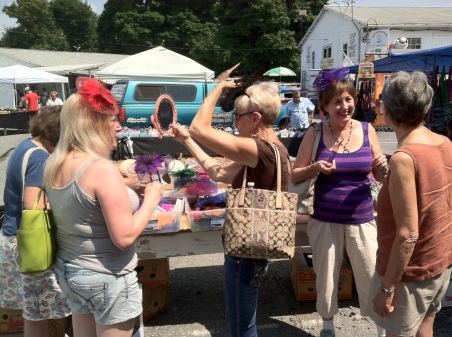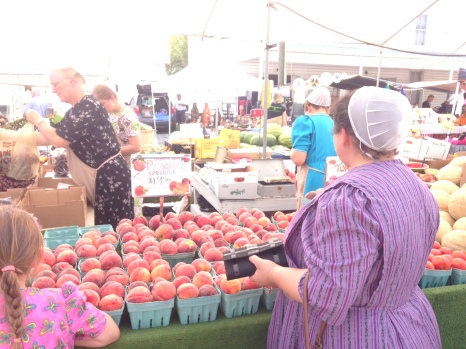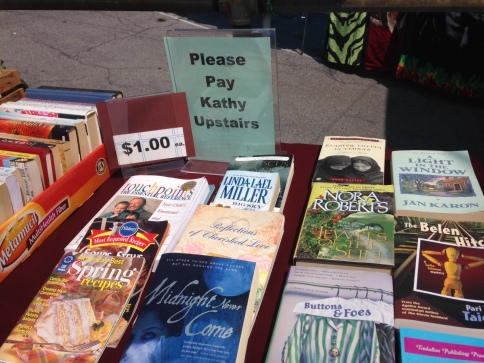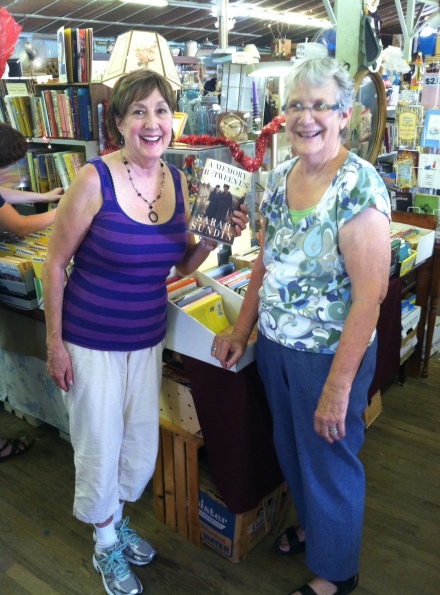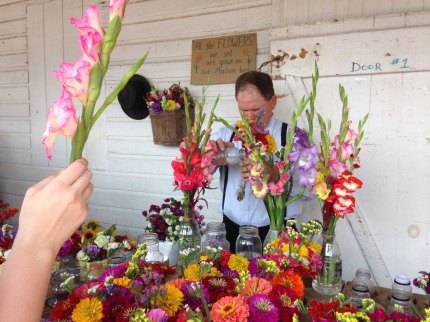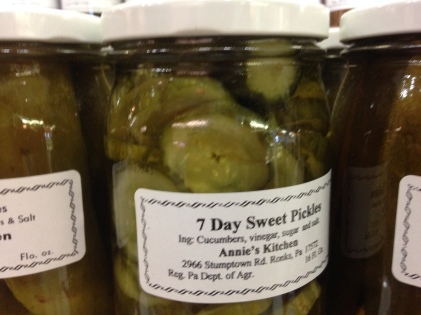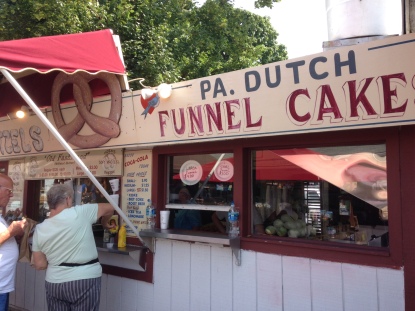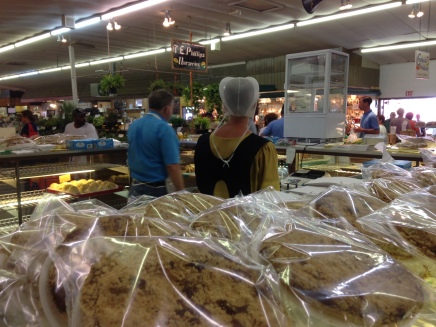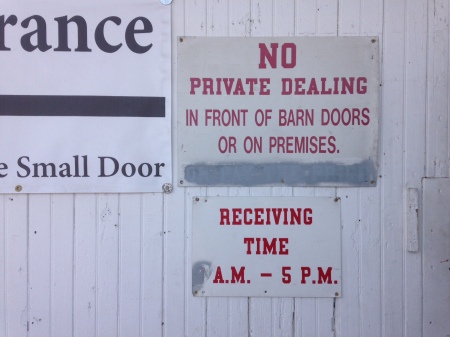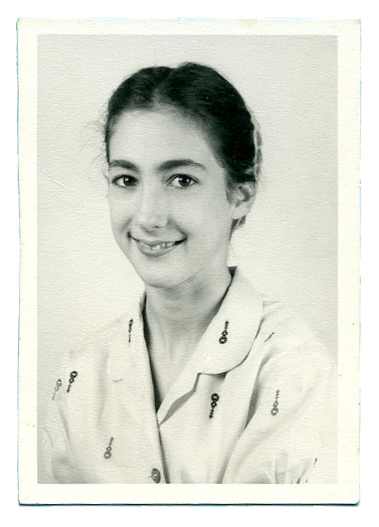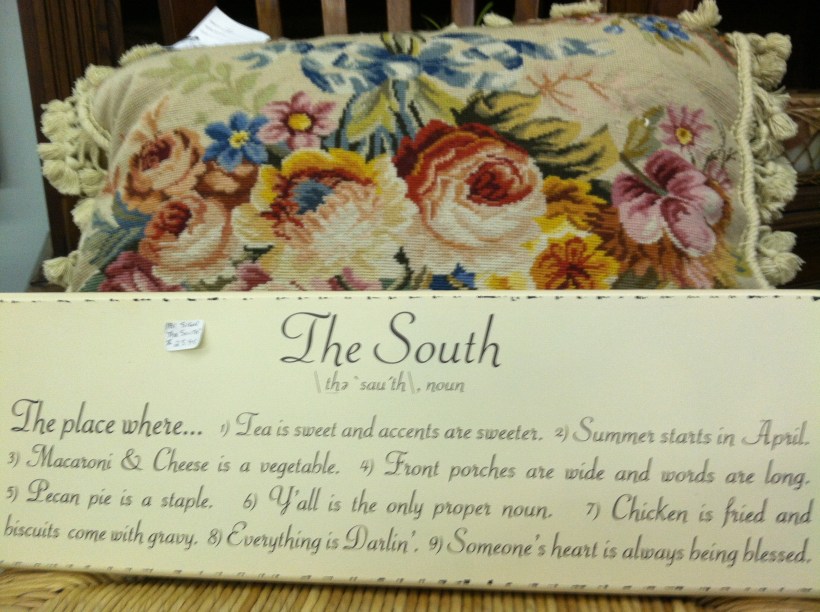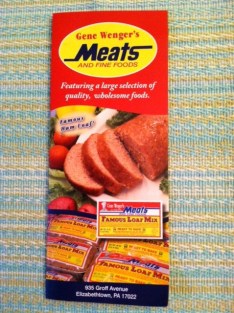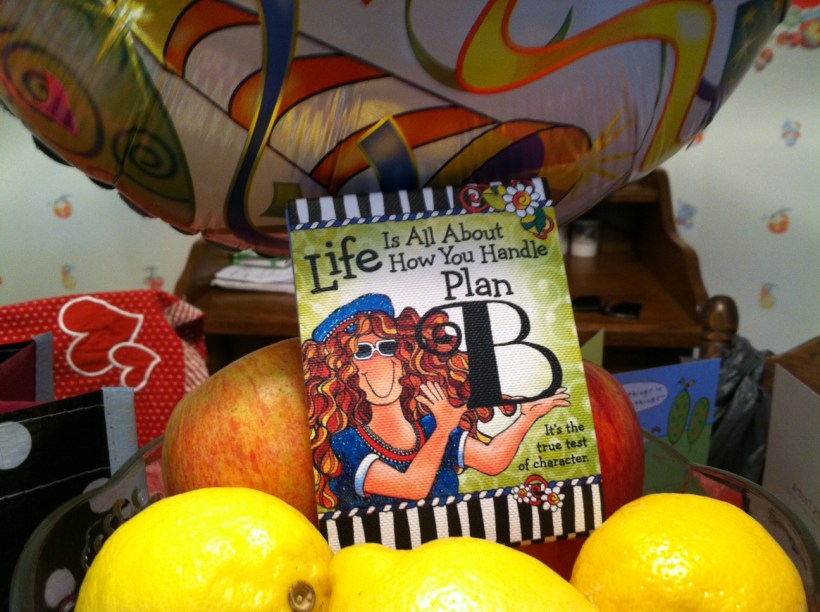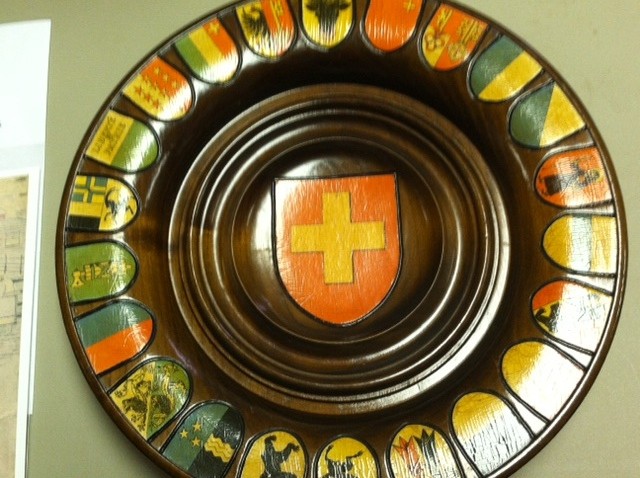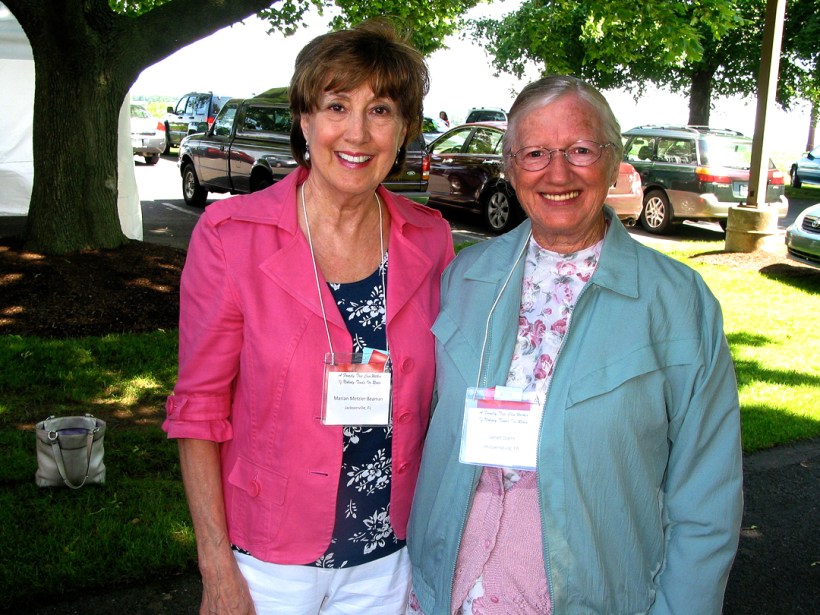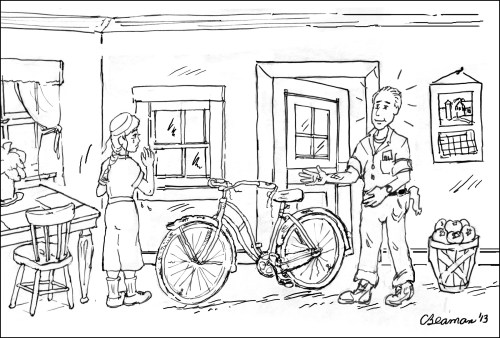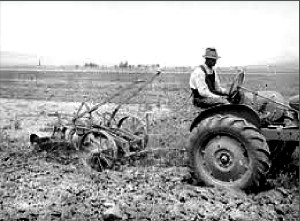Are you hankering for chocolate-covered bacon, do you want to buy a rooster for your flock? A hat for the next Downton Abbey gala? Welcome to Root’s Country Market and Auction, a fixture from my childhood my sisters, husband, and I re-visit near Manheim, Pennsylvania.
Root’s, with over 200 stand-holders, is the oldest single family-run country market in Lancaster County. Beginning as a poultry auction in 1925, Root’s “has evolved over the years to become a piece of Lancaster County heritage.” Come walk with me along the aisles of stands, some housed in long sheds, others outdoors under awnings.
Did I say you can get all gussied up for next Downton Abbey series? At our first stop, we try on funny Brit hats rivaling those of Princesses Beatrix and Eugenie we remember gasping over at the William and Kate’s royal wedding.
From fancy we meet plain at many of the produce stands either selling or buying vine-ripe tomatoes.
Here is a trusting book-selling, my new online friend, Kathy Heistand Brainerd, a distant cousin, whose mother Esther Longenecker is the author of Pitchforks and Pitchpipes, a pictorial and narrative portrait of one branch of the Lancaster County Longeneckers.
Yes, there are household items and books galore, but many stands cater to shoppers wanting fresh meats, produce, deli and bakery items–and flowers. This farmer boasts fresh blooms from his Manheim farm.
I promised you chocolate-covered bacon. Here is a look at a taste-tester. Yes, I had a bite too!
Then on to pickles, funnel cakes, and shoofly pies with wet bottoms satisfying the sweet and sour tastes:
Root’s is a market, and yes, we buy from not just photograph the vendors, but the market is also an auction house. Walking from one of the parking lots, we spy a warning sign urging bidders to uphold the integrity of the auction:
Wanna bid on a coop of roosters?
Our tour ends with Rosa, who graciously invites me to sample and buy one of her multi-colored angel-food cakes, pies, or whoopie pies at Miriams’s Pies. All home-made, of course. That’s the only way in Pennsylvania Dutch land. When I asked her permission to photograph and promote her wares, she admits with shy pride, “One of our customers put us on Facebook!”
I wonder . . . is there a piece of your past you want to re-visit? We are dying to know the “what – where – who” of your story. As always, you are invited to be part of our conversation.
